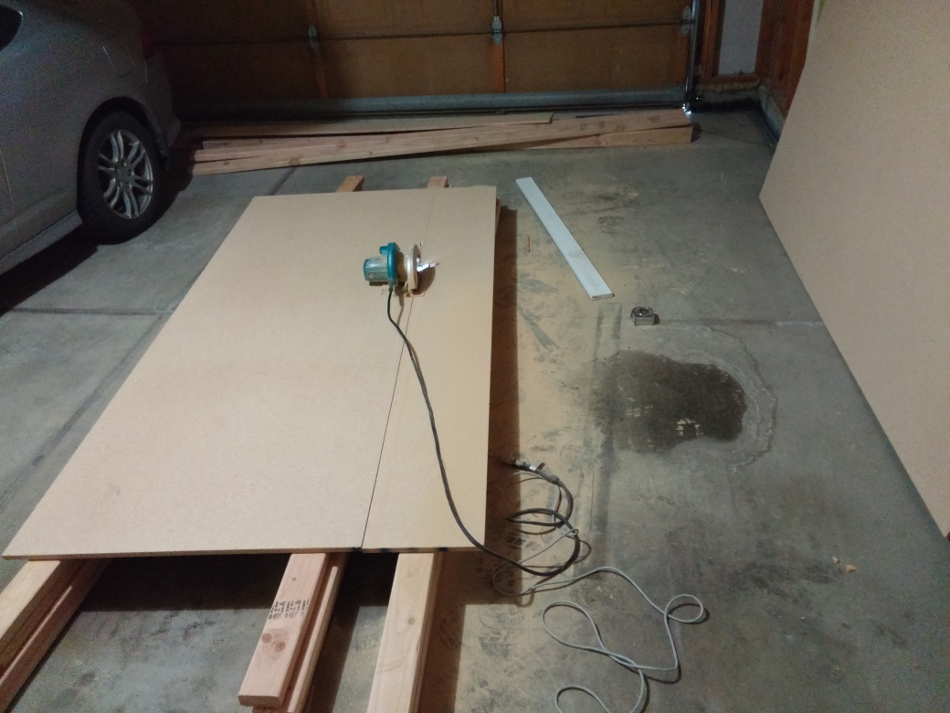This post is part of a series on making and using the Gingery Foundry.
The principle behind metal casting is simple: heat up metal until it’s a liquid, and then pour the molten metal into a mold. The mold itself is usually prepared in one of several ways:
Green sand casting involves using a wooden pattern blank. Molding sand is packed into a frame around this pattern, and then the pattern is removed to leave a pattern-shaped void in the sand. Molten metal is poured into this void to create the cast part. The shape of the part being cast is constrained in some ways, since you need to be able to remove it from the sand without destroying the mold.


